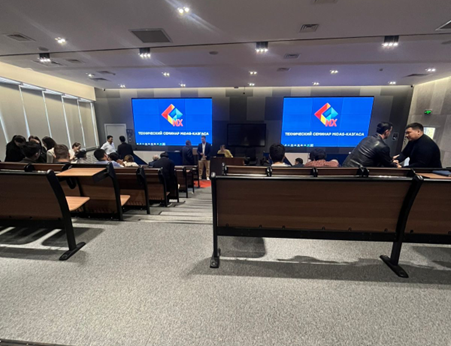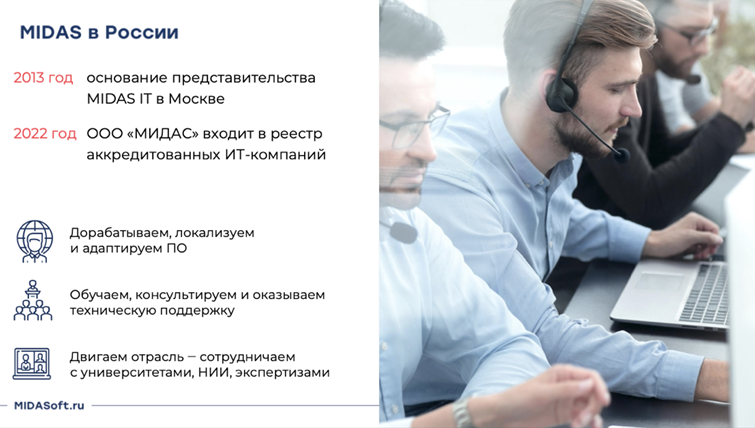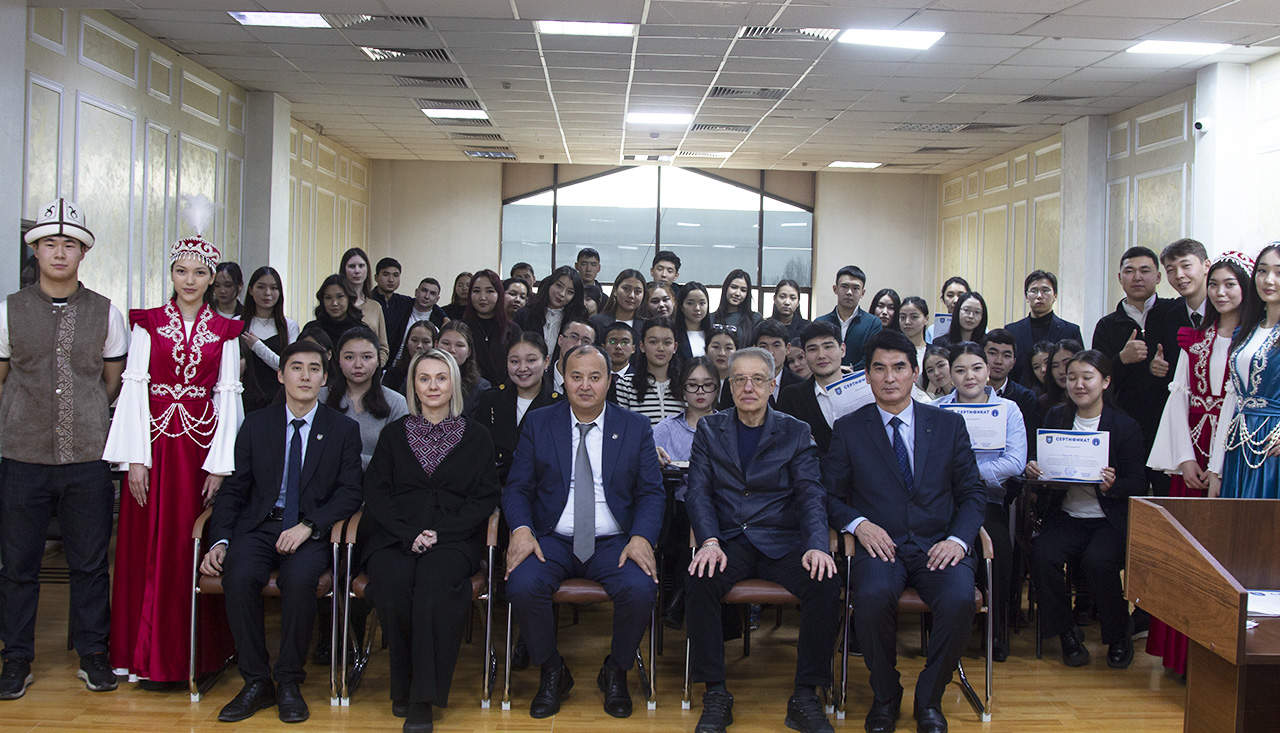A representative of KazNU participated in the MIDAS technical seminar

On November 5, 2024, Senior Lecturer at the Department of Meteorology and Hydrology at Al-Farabi Kazakh National University (KazNU), Turdibuvi Masymzhanovna Kazakbaeva, attended the MIDAS technical seminar held at the Kazakh Leading Academy of Architecture and Civil Engineering (KazGASA). The seminar was organized to introduce participants to the products of MIDASoft, a leading developer of engineering software for construction and geotechnical fields.
MIDAS specializes in creating software that enables detailed modeling and analysis of engineering structures, such as buildings, bridges, tunnels, and hydraulic facilities. These tools assist professionals in evaluating the performance of structures under various conditions, conducting essential calculations, and ensuring safety standards. For KazNU’s Department of Meteorology and Hydrology, this software could become a valuable educational resource, benefiting both faculty and students.

The seminar agenda included a demonstration of MIDAS products and a discussion on the potential for their use in educational institutions across Kazakhstan. MIDAS representatives highlighted the software’s key features and the value of supporting educational initiatives in engineering and hydrotechnics. The seminar explored how MIDAS products could be integrated into academic curricula, particularly at KazNU.
Following the visit, plans for a cooperation agreement between MIDASoft and KazNU emerged. Once signed, the agreement is expected to grant KazNU licensed versions of the software, opening up vast opportunities for the Department of Meteorology and Hydrology. The agreement also commits MIDAS to providing training materials and organizing sessions for faculty and students. This partnership would be a significant step forward, enhancing the educational process in hydraulic engineering and land reclamation courses.

KazNU’s curriculum already includes courses on modeling and data analysis, but access to specialized software like MIDAS will greatly expand learning opportunities. Integrating MIDAS software will allow for advanced modeling in areas that are otherwise complex to analyze, such as simulating hydraulic structures, assessing the stability of bridges and dams, and analyzing hydrological processes.
